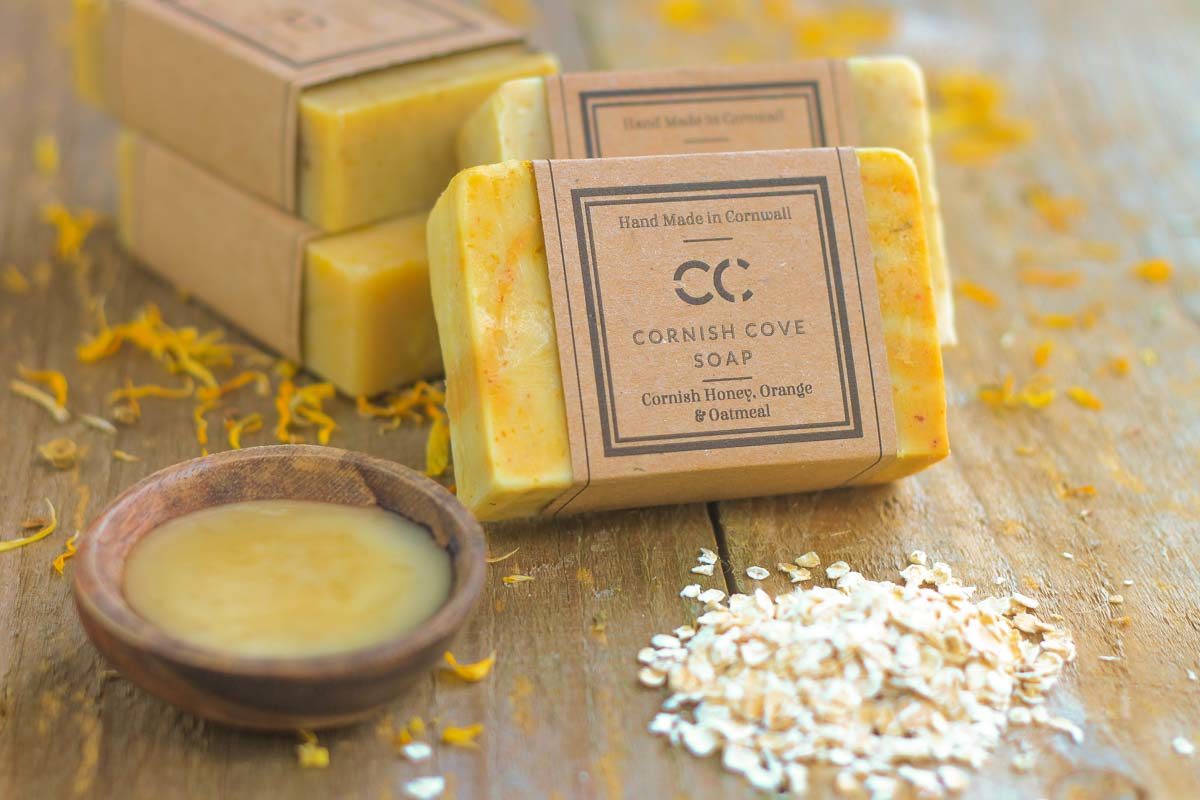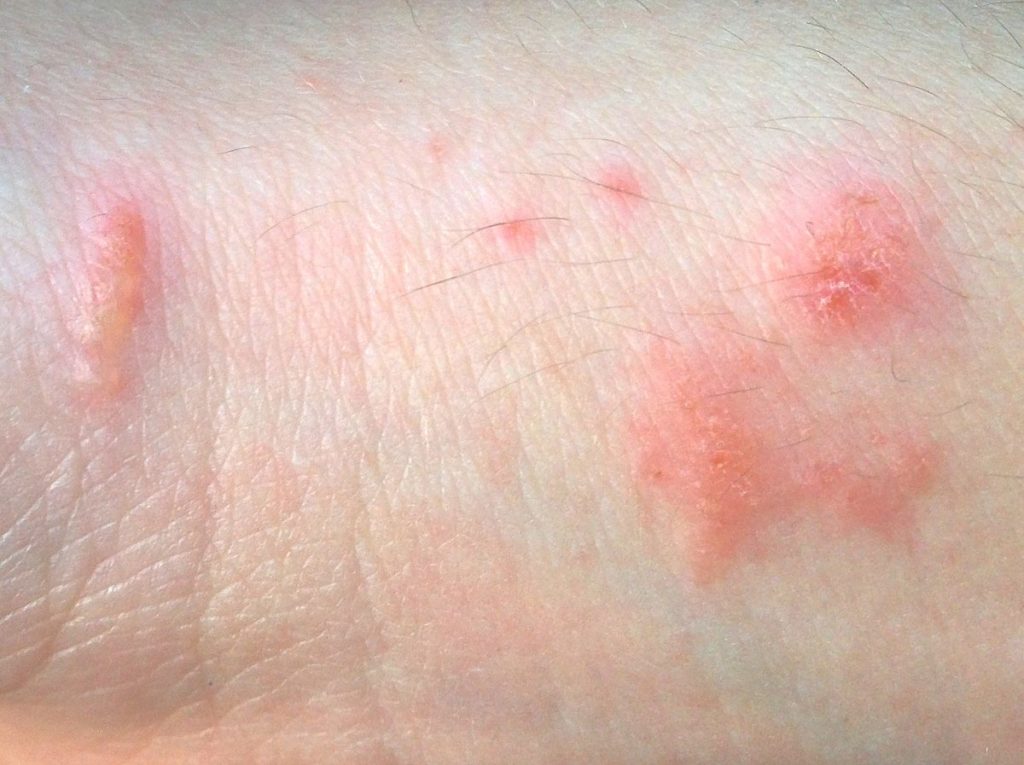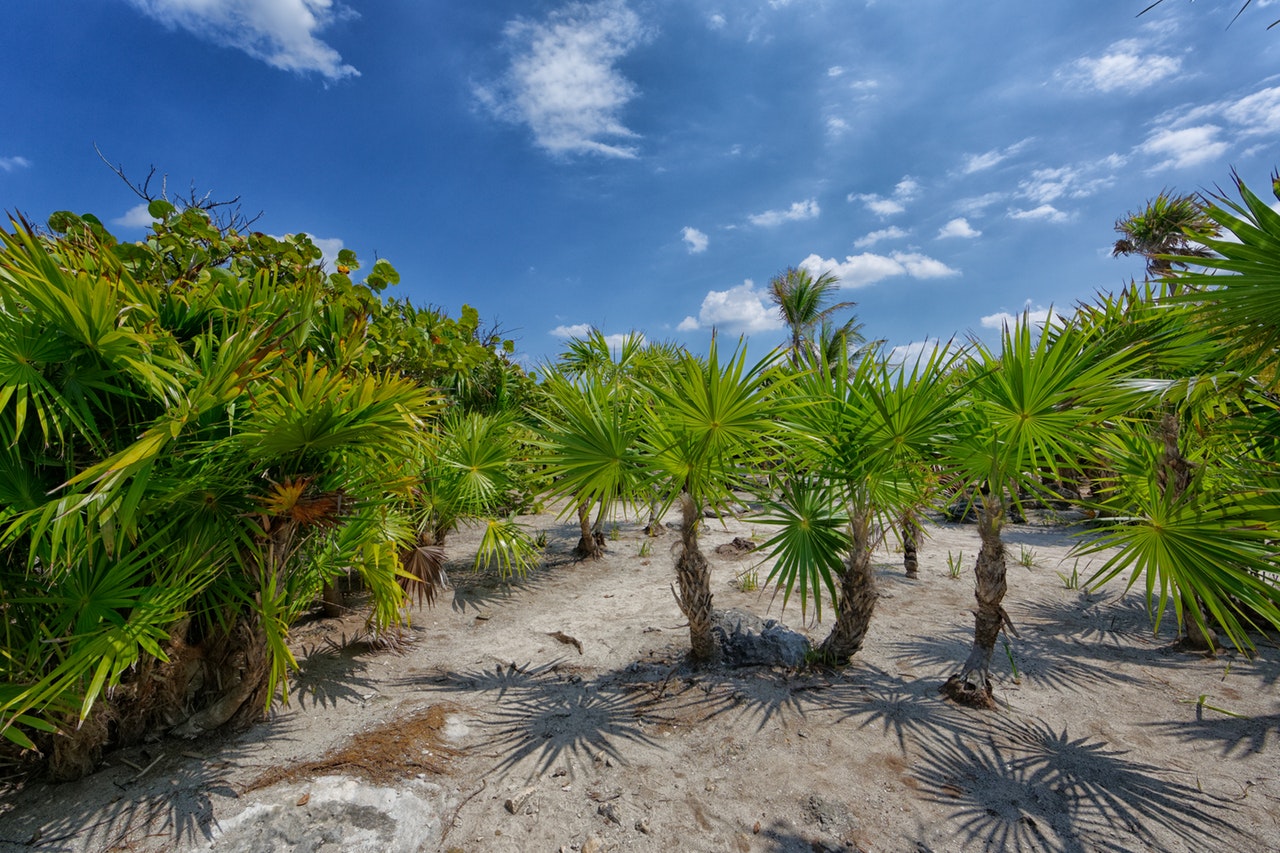5 Surprising Ways to Use Soap
Ever stopped to think just how useful a bar of soap can be? No, you can’t shave it and turn it into plastic explosive as Frank Burns from M*A*S*H said, but there are lots of other stuff you can do with it beyond washy-washy. No matter if you’re using the old rectangular bar, the liquid variety or dishwasher detergent, each and every one of them could save your skin one day.
Most seasoned survivalists and bushcraft experts carry at least one bar of soap with them and, as you might expect, it’s not only for washing soiled jammies or getting the dirt off your hands.
Since soap is another one of those household items that should get its own statue in the survival hall of fame, I’ve decided to do write this short and sweet piece on how soap may serve your bushcraft purposes.
So, because talk’s cheap, here are 5 ways you can use soap to get out of a potentially life-threatening situation.
- Shampoo
I know that most of you don’t really see the purpose of washing your hair during an SHTF situation, especially because, I don’t know, priorities tend to shift. Still, hygiene’s very important, and you really wouldn’t want to end up with lice in your hair and worse.
Don’t know for sure if the rest of you people have even considered the thought of adding one bottle of shampoo to your B.O.B or at least an all-purpose shower gel (great for hair, body, carpets, upholstery and anything in between), but I really don’t see the point of getting one if I have one or more soap bars.
Sure, you won’t get curls or fluffy hair, but at least your head’s clean and lice-free. By the way, if you find yourself without shampoo\shower gel, you can also use liquid soap or dishwashing detergent to wash your hair. Just be careful not to use that dishwasher stuff on more sensible body areas because you’ll end up with sores (true story).
- Removing ice from the driveway nice and fast
No rock salt or kitty litter? No problem. You can create your own ice-busting concoction using regular liquid dish soap, water, and a bit of alcohol (don’t get your hopes up because you’ll want to rub alcohol for this concoction). Here’s what you’ll need to do: take a bucket and fill it halfway with hot water. Add one tablespoon of rubbing alcohol and one tablespoon of undiluted dishwashing liquid soap. Mix and use this concoction to remove ice from your driveway.
- A sure-fire remedy for poison ivy poisoning
Do you know what’s worse than having a bear on your ass? Having to resist the urge to scratch after getting into contact with poison ivy. What’s even worse about this type of poisoning is that the blisters can spread if you pop those oil-filled pustules.
How to solve this? Using dishwashing liquid soap, of course. Since the stuff’s designed to deal with oil stains, it will eliminate the excess oils from the area, thus stopping the blisters from spreading. Moreover, using liquid soap on poison ivy blisters increases the healing rate of your skin.
- Keeping them nasty bugs away from your food
Now that spring’s finally arrived, we turn our attention to things more romantic like picnics, BBQs, and campfire sing-alongs with your intoxicated buddies. The only thing that annoys me the most, apart from having to clean that bathroom (sorry, hun) is insects crawling over my food.
Yes, I should know by know that a picnic’s not exactly, well, a picnic, but I do hate to share meals with overly insistent ants, and God knows what.
After doing a bit of snooping on the Internet, I found out that you can actually protect your food from pests using diluted dishwashing soap. It sounds crazy, but believe me, it works. And no, the food will not have a soapy taste to it. To prepare your own pest repellant from soap, get yourself one of those spray bottles and fill it with others. Add two teaspoons of dish soap, shake, and spray the table area.
Yes, you can even spray the food – in its watered-down form the stuff’s safe to eat. Only don’t use too much of it because your food will certainly end up tasting funny.
- Getting rid of sticky things in your hair
Well, what can I say? Shit can happen even at home. Doesn’t matter how hard you try to maintain hygiene, because there’s always that moment when you forget that you just dunked your hands in Vaseline, but that itchy spot on the top of your hand just refuses to go away. For moments like this, be thankful for the fact that dish soap exists.
This stuff’s powerful enough to remove anything from the flue, Vaseline, nail polish, gum, and, yes, even peanut butter.
However, do keep in mind that dish soap was made for washing dishes and not to be used as a shower gel. Here’s what you will need to do in order to get rid of that nasty stuff from your hair. First of all, stop scratching because you’ll only spread around the stuff, and rip some hair locks in the process.
Now, pour a tablespoon of your favorite dish soap into your palm and apply it over the sticky area. Rub the area for 5 to 10 minutes. After that, wait a while for the soap to sit and do its job. After that, get into the bathroom, rinse your hair with plenty of water.
You can also use a little bit of shower gel or shampoo to ensure that there’s no more dish soap in your hair. I know it sounds nasty, but then again you really had to scratch that itch.
That’s it for my short and sweet list of how survivalists use soap, regardless if its liquid, solid or the kind used for washing dishes. Do you believe my list lacks certain applications? Hit the comments section and let me know.
Other self-sufficiency and preparedness solutions recommended for you:
The Lost Ways (The vital self-sufficiency lessons our great grand-fathers left us)
Survival MD (Knowledge to survive any medical crisis situation)
Backyard Liberty (Liberal’s hidden agenda: more than just your guns…)
Alive After the Fall (Build yourself the only unlimited water source you’ll ever need)
The Lost ways II (4 Important Forgotten Skills used by our Ancestors that can help you in any crisis)
The Patriot Privacy Kit (Secure your privacy in just 10 simple steps)
Ever stopped to think just how useful a bar of soap can be? No, you can’t shave it and turn it into plastic explosive as Frank Burns from M*A*S*H said,




